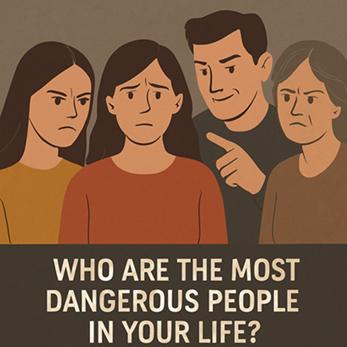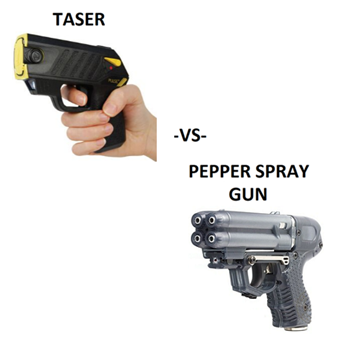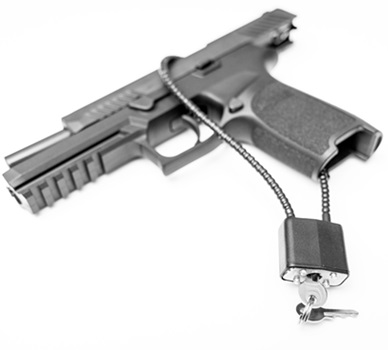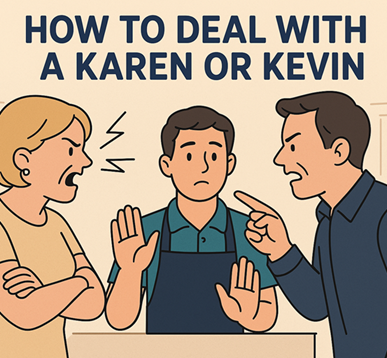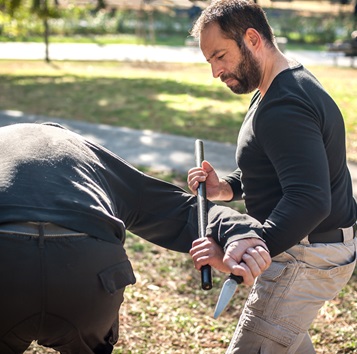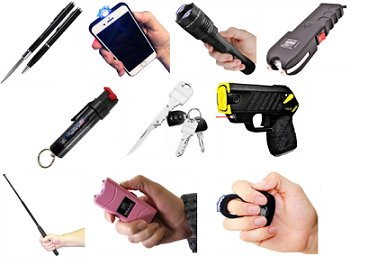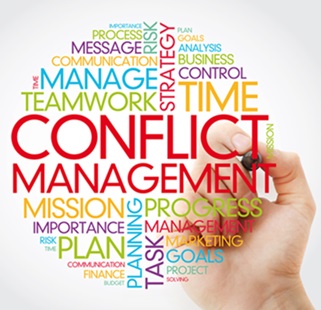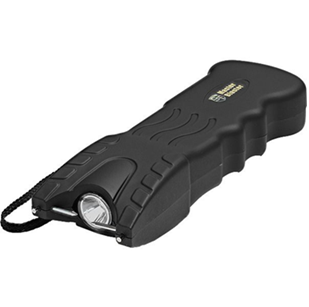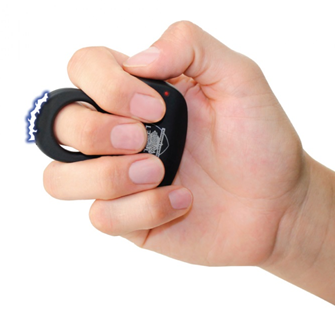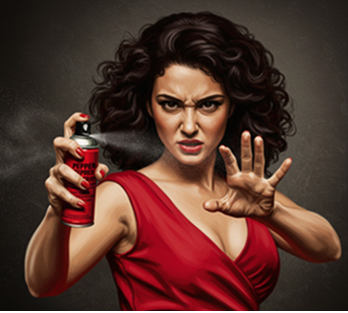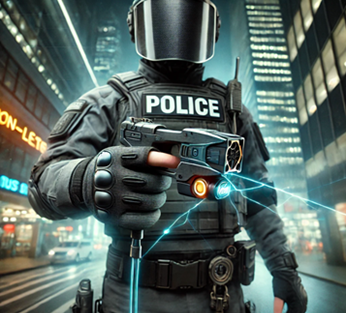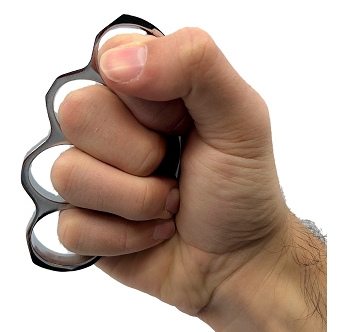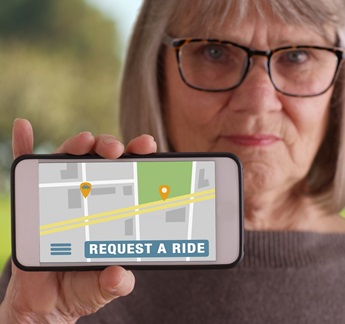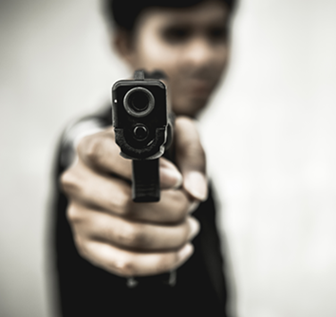Common Myths About Self-Defense - And the Truths You Need to Know
 Self-defense is a critical skill that everyone should understand, but it's also a topic clouded by many misconceptions. These myths can create false confidence or even deter people from learning and practicing effective self-defense techniques. In this post, we'll debunk some of the most common self-defense myths and provide you with the truths that can help you better protect yourself and your loved ones.
Self-defense is a critical skill that everyone should understand, but it's also a topic clouded by many misconceptions. These myths can create false confidence or even deter people from learning and practicing effective self-defense techniques. In this post, we'll debunk some of the most common self-defense myths and provide you with the truths that can help you better protect yourself and your loved ones.
Myth 1: Self-Defense Is All About Fighting
One of the biggest misconceptions about self-defense is that it's purely about fighting. Many people envision self-defense as a series of punches, kicks, and aggressive moves designed to overpower an attacker. While physical techniques are indeed a part of self-defense, they are not the entire story.
The Truth: Self-defense is about avoiding danger as much as it is about physical confrontation. The best self-defense strategies involve awareness, de-escalation, and escape. Recognizing potentially dangerous situations before they escalate and avoiding them entirely is the most effective form of self-defense. Physical techniques should be a last resort, used only when there is no other option.
Myth 2: You Need to Be Strong to Defend Yourself
Another common myth is that you need to be physically strong or in peak physical condition to effectively defend yourself. This belief can discourage many people, especially those who may not feel strong or athletic, from learning self-defense.
The Truth: Self-defense techniques are designed to work for people of all sizes, ages, and physical conditions. The key is understanding leverage, body mechanics, and targeting vulnerable areas of an attacker. For example, strikes to sensitive areas like the eyes, throat, or groin can incapacitate even a larger, stronger assailant. Additionally, self-defense training often includes techniques for escaping holds or using an attacker's momentum against them, which requires skill and knowledge rather than brute strength.
Myth 3: Self-Defense Training Is Only for Martial Artists
Some people believe that self-defense training is only for those who practice martial arts or have years of training under their belt. They assume that without this background, they wouldn't be able to defend themselves effectively.
The Truth: While martial arts can enhance self-defense skills, you don't need to be a martial artist to learn effective self-defense. Many self-defense classes focus on practical, easy-to-learn techniques that can be used by anyone, regardless of their experience level. These classes often emphasize real-world scenarios and teach students how to react quickly and efficiently to threats. In fact, many self-defense programs are designed specifically for beginners and can provide valuable skills in just a few sessions.
Myth 4: You Should Always Fight Back
A common piece of advice is that you should always fight back if attacked. While this may seem like the instinctual response, it's not always the best course of action.
The Truth: The decision to fight back should be based on the situation. Sometimes, fighting back can escalate the situation and put you in more danger, especially if the attacker has a weapon or is significantly stronger. In some cases, compliance might be the safer option, especially if the attacker is after material possessions. However, if your life is in danger, fighting back with full force may be necessary. The key is to assess the situation and choose the response that maximizes your safety.
Myth 5: Self-Defense Is Only for Dangerous Neighborhoods
Many people believe that self-defense is only necessary if you live in a high-crime area. This myth can create a false sense of security for those living in seemingly safer neighborhoods.
The Truth: Crime can happen anywhere, at any time. While some areas may have higher crime rates, no place is entirely immune to danger. Whether you're walking through a busy city street or a quiet suburban neighborhood, it's essential to be aware of your surroundings and prepared to defend yourself if necessary. Self-defense is about being prepared for the unexpected, regardless of where you live.
Myth 6: You Can Rely on Pepper Spray or Other Weapons
Many people carry pepper spray, pepper guns, stun guns, TASERs or other weapons for self-defense, believing that these tools will automatically protect them if they're attacked. While these items can be useful, they are not foolproof.
The Truth: Weapons can be helpful in self-defense, but they are not a guarantee of safety. For one, you need to have the weapon readily accessible and know how to use it effectively under pressure. Additionally, weapons can be taken from you and used against you if you're not careful. It's also worth noting that some attackers may be able to withstand the effects of pepper spray or a stun guns, especially if they're under the influence of drugs or alcohol. Therefore, while carrying a self-defense weapon can provide an additional layer of protection, it's crucial to also be trained in other self-defense strategies that don't rely on tools.
Myth 7: Men Don’t Need Self-Defense Training
There’s a misconception that self-defense training is only necessary for women, under the assumption that men are naturally more capable of defending themselves.
The Truth: Self-defense is important for everyone, regardless of gender. Men can be victims of crime too, including muggings, assaults, and other violent encounters. Self-defense training can equip men with the skills needed to handle these situations safely. Moreover, understanding how to de-escalate a situation and avoid confrontation is valuable for everyone, not just women.
Myth 8: If You’ve Taken One Class, You’re Good to Go
Some people believe that after attending a single self-defense class, they're fully prepared to defend themselves in any situation. While a single class can provide useful knowledge, it's not enough to ensure long-term preparedness.
The Truth: Self-defense is a skill that requires ongoing practice and reinforcement. Like any other skill, it can fade over time if not regularly practiced. To maintain your self-defense abilities, it's essential to practice techniques periodically and stay updated on new strategies and information. Regular training also helps keep your reflexes sharp and ensures that you can respond quickly and effectively in an emergency.
Myth 9: Self-Defense Is Just About Physical Techniques
Some people think that self-defense is only about learning physical moves to ward off an attacker. While physical defense is crucial, it's not the only aspect of self-defense.
The Truth: Self-defense also involves mental preparation, situational awareness, and understanding the psychology of attackers. Being mentally prepared to face an attack and having a plan can be as important as knowing how to throw a punch. Understanding how to read a situation, recognize potential threats, and make quick decisions is a critical component of effective self-defense.
Conclusion
Self-defense is an essential skill that everyone should understand, but it's important to approach it with the right mindset and knowledge. By debunking these common myths, we hope to provide a clearer picture of what self-defense truly entails. Remember, the goal of self-defense is not just to win a fight but to protect yourself and your loved ones from harm. Equip yourself with the right information, practice regularly, and stay aware of your surroundings to enhance your safety in any situation.
Company Info
Customer Service
Product Information
- TASER® and Stun Devices Regulations by State
- TASER® Safe Escape Product Replacement Guarantee
- TASER® Comparison Chart
- TASER® User Manuals
- TASER® Warranty Info
- Byrna Product Catalog
- PepperBall Manuals & Spec Sheets
- Pepper Spray Laws
- Air Gun Laws
- States that Restrict Automatic and Butterfly Knives
- Our Print Catalog


























